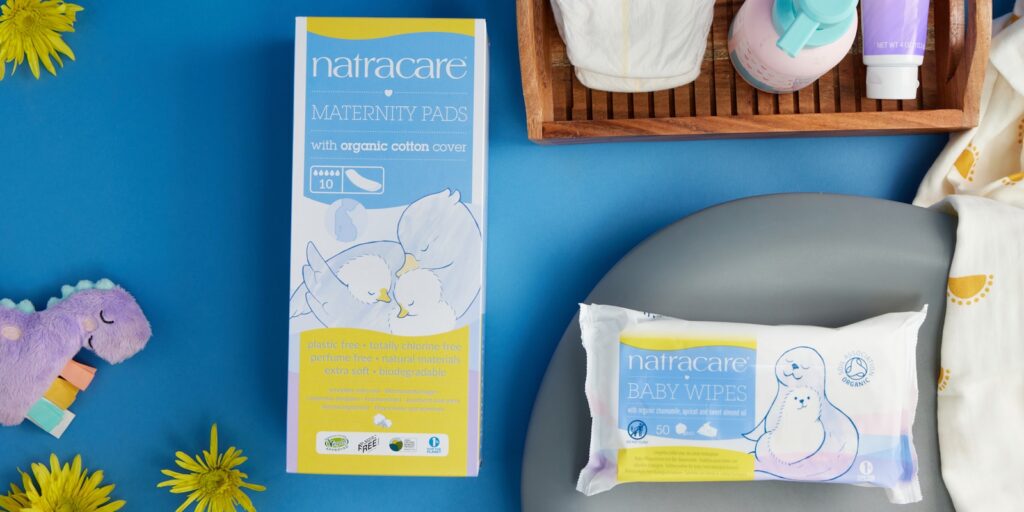Retailers are increasingly adopting self-checkout stations to cut staff costs and improve operations, but are they really making the best decision for themselves and their customers? The challenges that supermarkets face with self-checkout reveal that this technology might not be as effective or efficient as it first appeared.

Results of the Study: How Self-Checkout Affects Customer Loyalty
A recent study by scientists from the University of Alberta, however, demonstrates differently. A study published in the Journal of Retailing and Consumer Services suggests that self-checkout barriers at supermarkets may erode customer loyalty, especially for those who buy frequently.
Customers using a self-checkout station feel overwhelmed and are not supported during the experience, leading to a negative impact on the customer’s perception of the supermarket while this is happening.
Experiment Findings: Cognitive Load and Customer Satisfaction
In two experiments involving over 1,200 participants, researchers observed how subjects handled a simulated grocery shopping task using self-checkout versus traditional cashier checkout methods, revealing intriguing insights into consumer behavior.
The researchers then measured the customers’ satisfaction, loyalty, and perceived value of the supermarket as well as the cognitive load, or how much mental effort was involved to complete the task.
The findings indicate that supermarkets face significant self-checkout challenges, as shoppers experience heightened cognitive strain, leading to increased stress and lower overall satisfaction, particularly evident among those with larger shopping carts who have to scan, bag, and pay for many items.
The first finding is that having to cope with the increased cognitive load also reduced customers’ perceived value of the supermarket and their intention to return or even recommend the store to others.
Recommendations for Addressing Self-Checkout Challenges
The researchers proposed that self-checkout was not right for all customers or all situations and that supermarkets should provide a choice of both options to accommodate individuals having different tastes and requirements.
Researchers recommend providing more assistance and encouragement at self-checkout stations, as well as enhancing the human aspect of the shopping experience with greetings, thank-yous, and farewells to create a friendlier atmosphere.
Expert Opinions: Why Self-Checkout May Be Frustrating
Some of these study results resonate with what industry experts and consumers have been voicing for years; for instance, in a 2018 Business Insider article, Kate Taylor criticized self-checkout as being ‘terrible’ and suggested it might ‘need to die.’
She elaborated on several reasons that contribute to the frustration and inefficiency of self-checkout systems, including frequent errors, privacy concerns, security issues, and the detrimental impact on employment opportunities.
Financial Impact: Does Self-Checkout Save Money?
According to Taylor, self–checkout does not necessarily save either the retailers or the customers time or money. IHL Group, a retail consulting firm, reported in 2015 that self-checkout facts lead to 122% growth in shrinkage — or inventory loss due to theft or error.
According to the report, self-checkout cost retailers a staggering $14 billion in 2015, yet eliminating these machines could save supermarkets $2.8 billion and potentially create 250,000 new jobs in the process.
Weighing the Pros and Cons of Self-Checkout
Ultimately, the evidence points to the notion that self-checkout isn’t a universal solution for every supermarket or shopper out there, highlighting its shortcomings and benefits alike.
These systems present both advantages and disadvantages that depend on various factors such as customer preferences, needs, expectations, as well as the goals, strategies, and resources of the retailers.
Supermarkets must take these factors into careful consideration to determine how best to optimize their checkout approaches to maximize benefits while minimizing any associated drawbacks.
Related posts:




